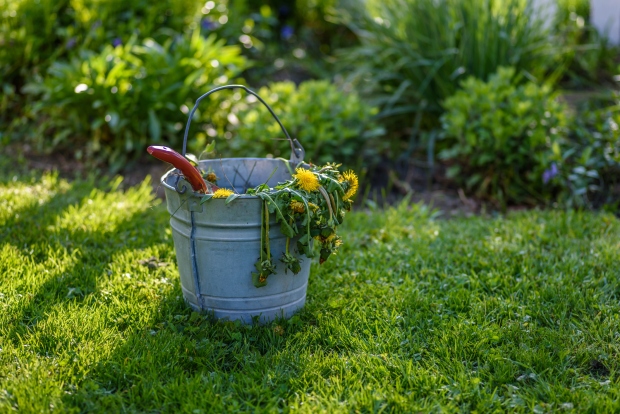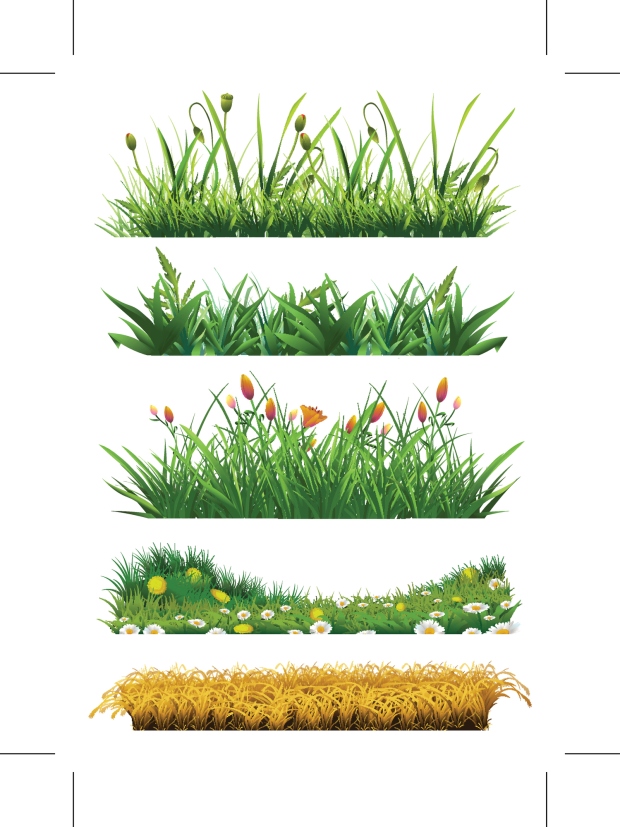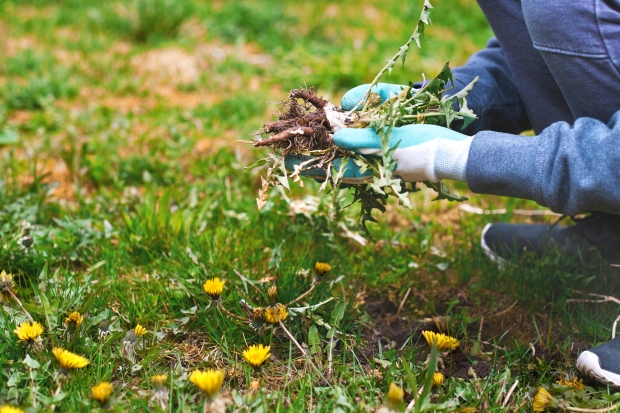How You Can Tell It’s a Weed
Characteristics of Weeds
Accurate weed identification and knowledge of their life cycles are essential when tackling weed control. The following classifications are helpful tools for pinpointing weeds. We will explore these further in Chapter 5.
General characteristics:
- Abundant seed production
- Extensive root systems that extend above and below the ground
- Rapid growth
- Can cause bodily harm to humans and animals
- Act as hosts for diseases or insects that impact vegetation
- Can produce chemicals that harm neighboring vegetation
- Reduce crop growth or interfere with harvest

Categorized by life cycle:
- Annual: completes life cycle in one growing season — crabgrass and nettle are two examples.
- Biennial: complete life cycle in two growing seasons — like burdock and wild carrot.
- Perennial: life cycle lasts for multiple growing seasons — dandelion, sagebrush.

Grouped by physical features:
- Grasses: grassy weed blades, a single leaf growing from germinated seed — Bermudagrass, crabgrass.
- Broadleaf: wide leaf clusters connected by a central vein — dandelion, chickweed.
- Sedges: grow in shallow water, moist soil, can reach up to 4 feet, grass-like, grow in thick clusters — yellow nut sedge, green kyllinga.
- Woody: wooden stump and branches, shrub-like, often with thorns — poison ivy, honeysuckle.
Furthermore, some weeds fall under the classification of noxious and invasive weeds. This differentiation is essential because it determines whether a plant is an actual environmental threat and must be eradicated or is a less-harmful nuisance.
Understanding Noxious and Invasive Weeds
While weeds mainly pose the issue of creating an unruly look in a garden, other weeds cause significant problems to ecosystems worldwide. Local government and agriculture authorities across the globe have classified certain weeds as noxious and invasive according to their region. Weeds labeled under these categories endanger natural ecosystems, agricultural and horticultural crops, damage structures, or pose health hazards to humans and animals.

Furthermore, non-native weeds introduced to a foreign environment create considerable threats to an ecosystem unprepared to combat them. Alien weeds can displace entire species, invade native plants, and alter ecosystems. Because weeds reproduce with such ease, removing and disposing of them properly before they have a chance to spread is critical. Therefore, knowing which weeds are deemed harmful and invasive in your local community is vital.